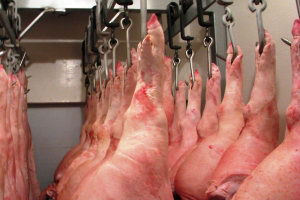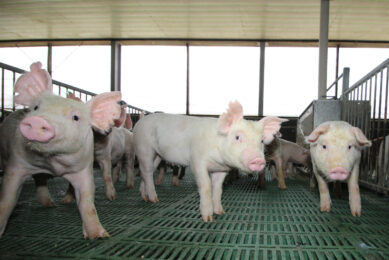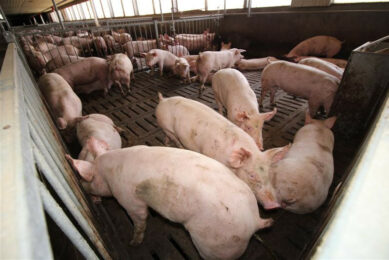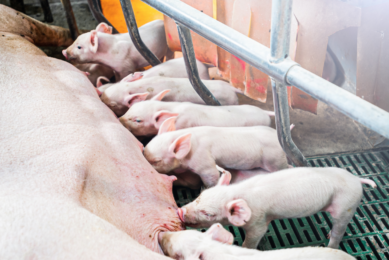EC sees recovery for pig meat

After three years of falling supply levels, pig meat production is expected to recover in 2015 and to increase marginally by 2% between 2014 and 2024. With EU consumption of pig meat declining slowly, exports are expected to grow by 20% over that period, supported by sustained world demand and a competitive EU pig meat sector, according to the European Commission in its report Prospects for EU agricultural markets and income 2014-2024.
The continuous reduction in the size of the EU pig herd seen since 2007 — largely as a result of the restructuring programmes adopted by many countries in response to high feed costs — has accelerated in the last three years for a number of reasons, the EC says. First, the investment required by the new animal welfare rules for the pig sector which came into force on 1 January 2013, led to a further fall in the number of breeding sows and prompted less competitive farmers to leave the market. Secondly, an outbreak of African swine fever at the eastern border of the EU damaged pig production in the areas affected. Thirdly, the Russian ban on imports of EU pig meat in February 2014 brought additional uncertainty to the market.
Pig meat production is therefore expected to fall to a low of 22.2 million tonnes in 2014, the report says. Despite the Russian import ban, total EU exports of pig meat will fall by only 8% in 2014. China and Hong Kong together absorb a third of these exports. Russia would usually be the next largest export market, buying on average 24% of EU pig meat exports, closely followed by Japan. Because of the import ban, volumes that would have gone to Russia have been diverted to other destinations, mainly Japan, South Korea and the Philippines.
After seven years of continuous decline in production, the first indications are that pig numbers are recovering, with the total pig population up by 0.9% (and breeding sows by 0.8%) on 2013 levels. The combination of lower feed prices and record harvest and productivity gains should increase the supply of pigs on the market in the short term (+0.8% in 2015). EU net production is subsequently expected to grow marginally, reaching around 22.6 million tonnes at 2024.
Global demand for pig meat is expected to remain strong, but will grow at a slower rate than seen in the previous decade (1.7% rather than 4.1% per year). It is expected to reach 8.7 million tonnes by 2024, with a large part of the growth coming from China. In view of this, EU exports are expected to increase by more than 20% (or 470 000 tonnes) between 2014 and 2024, to reach around 2.5 million tonnes at the end of this period. This increase is expected to be driven not only by increasing demand in China, but also by growth in exports to a number of countries that were not regular trading partners in the past. However, any small change in China’s self-sufficiency levels can have significant consequences for world trade and prices. In view of the government’s supportive policies on pig farming, designed to help achieve self-sufficiency, it seems likely that growing demand will be met almost entirely by domestic production. Nonetheless, given that China’s demand is growing faster than its production levels, its import needs will increase, providing further opportunities for EU pig meat exporters.











